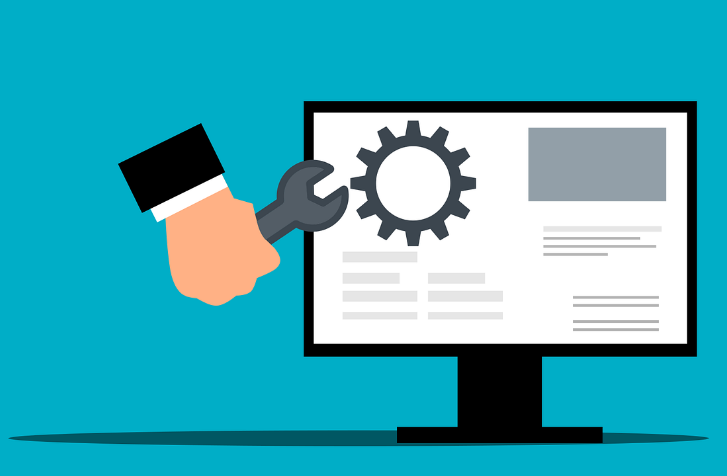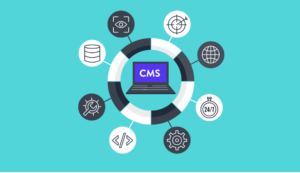|
Getting your Trinity Audio player ready...
|
Manage your website with these tips. Managing can be challenging, especially if you’re not familiar with web development or online marketing. You may find yourself struggling to understand how certain functions work or why things don’t appear the way you expect them to.

Manage and How to set Goals:
Before you can start managing your website, it’s important to set goals. Think about what you want to achieve with your site and how it will benefit your business. Make sure to create measurable goals that you can track and adjust if needed.
Design
Once you’ve set your goals, it’s time to design the website. Choose a layout that will be easy to navigate and attractive to visitors. Consider using colors, fonts, and images that reflect your brand. Make sure that all of the important information is easy to find and understand.
Content
Creating content for your website is essential for driving traffic and keeping visitors engaged. Think about what kind of content would be most relevant to your target audience and write compelling copy with clear calls to action. You can also use multimedia such as videos, podcasts, or infographics to capture people’s attention.
Designing Your Site:
Once you have an idea of what you want your website to accomplish, it’s time to start designing it. Consider the user experience when creating the layout and design of your website.
Developing Content:
Content is key when it comes to running a successful website. You need to develop content that will engage visitors and keep them coming back for more. Consider writing blog posts, creating videos, and designing graphics to get your message across.
Optimizing for Search Engines:
Once you have content on your site, you need to make sure it’s optimized for search engines. This means using keywords throughout your content and making sure the titles and meta descriptions are accurate.
Promoting Your Site:
Promoting your site is essential to getting more visitors. Consider using social media, search engine optimization, and other digital marketing strategies to reach a wider audience.
Measuring Results:
Once you’ve started managing your website, it’s important to measure the results. Track how many visitors are coming to your site, what pages they’re viewing, and how long they stay on each page.
Updating Your Site:
As technology advances, your website should evolve as well. Make sure to keep up with the latest trends and update your site accordingly. This could mean adding new features or redesigning sections of your site to make it more user-friendly.
Security:
Security is a must when it comes to managing a website. Make sure you’re using a secure server and implementing the latest security protocols to protect your site from hackers.
Analyzing Traffic:
Once you’ve started promoting your website, it’s important to analyze the traffic coming in. Use analytics tools to track visitor activity, such as how long they stay on your site and which pages they visit most often. This will help you fine-tune your content and marketing efforts.
Updating Content:
Finally, make sure to keep your content up-to-date. Regularly review and update existing content and add new content when necessary. This will help ensure that visitors always have something new to read or watch when they come to your site.
Monitoring Performance:
Once your website is up and running, it’s important to monitor its performance. Track your website’s loading times, uptime, and other factors to make sure everything is working properly.
Responding to Feedback:
Make sure you respond to feedback from visitors and customers. Ask for their opinions on new features or changes they’d like to see and take their advice seriously. This will help ensure that your website meets the needs of its users.
Analyzing Your Site:
It’s important to keep track of how your website is performing. Use analytics tools like Google Analytics to measure traffic, conversions, and other key metrics. This will help you understand what works (and what doesn’t) so that you can make adjustments as needed.
Promoting Your Site:
Finally, you need to promote your website in order to drive more traffic. Consider using SEO, social media marketing, and email marketing to get the word out.
Conclusion
By following these steps, you can easily manage your website and ensure it’s successful. With the right goals, design, content, optimization, promotion, measurement, updates, and security in place, you’ll be well on your way to running a successful website. How do you fail with these tips?



